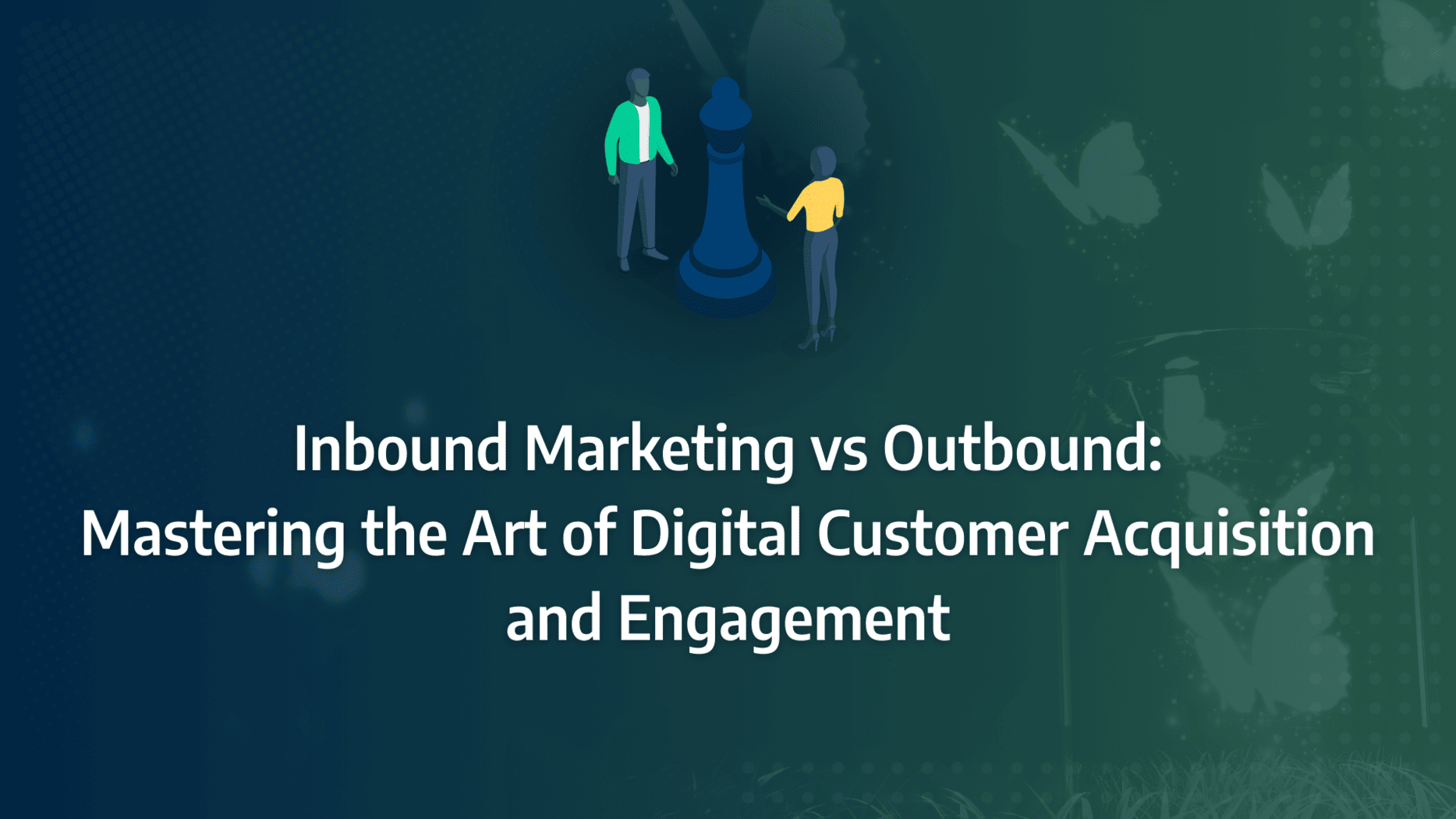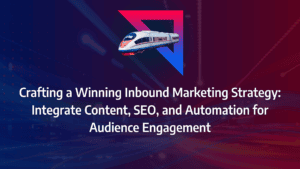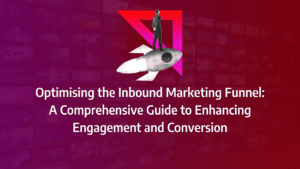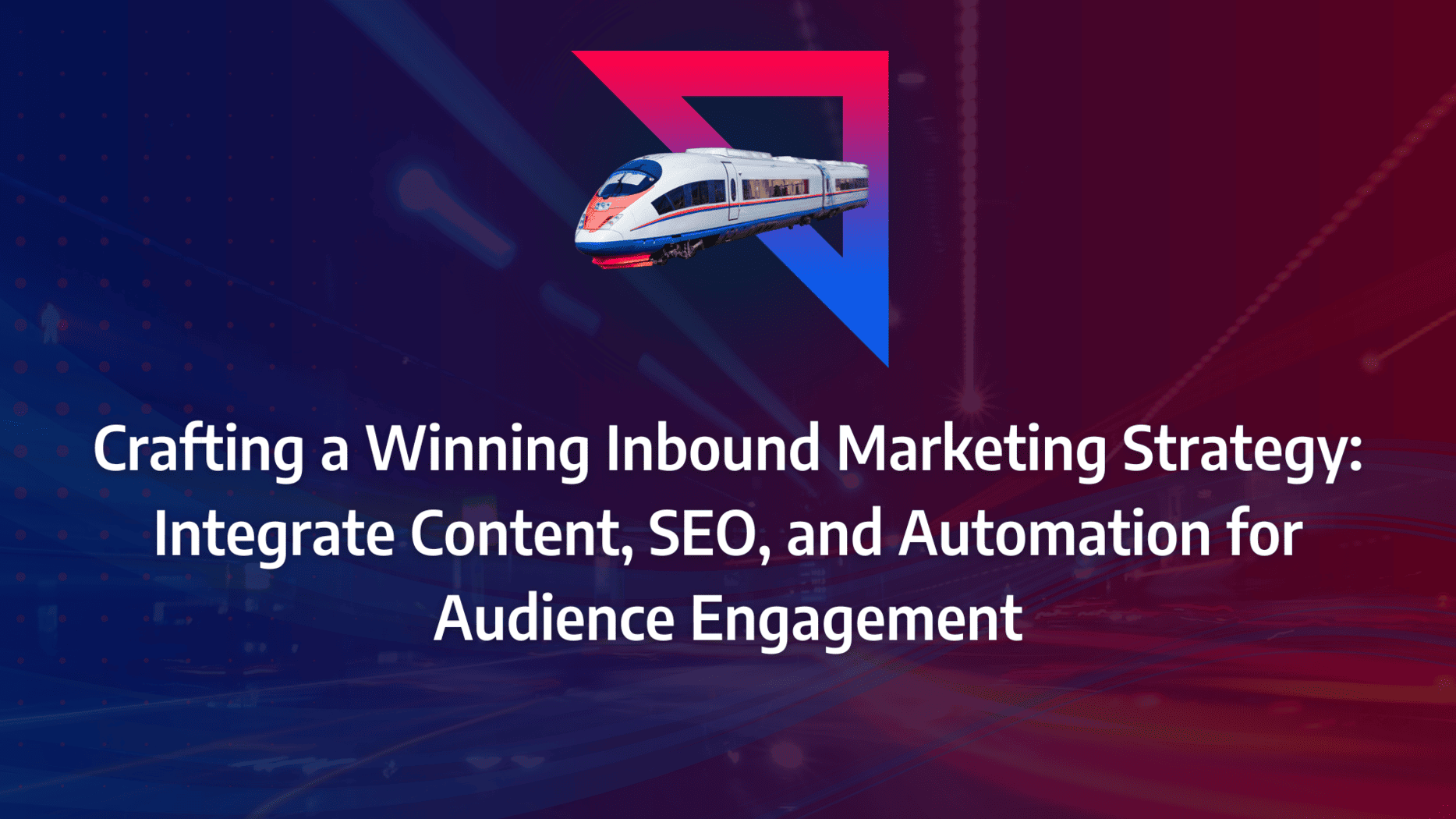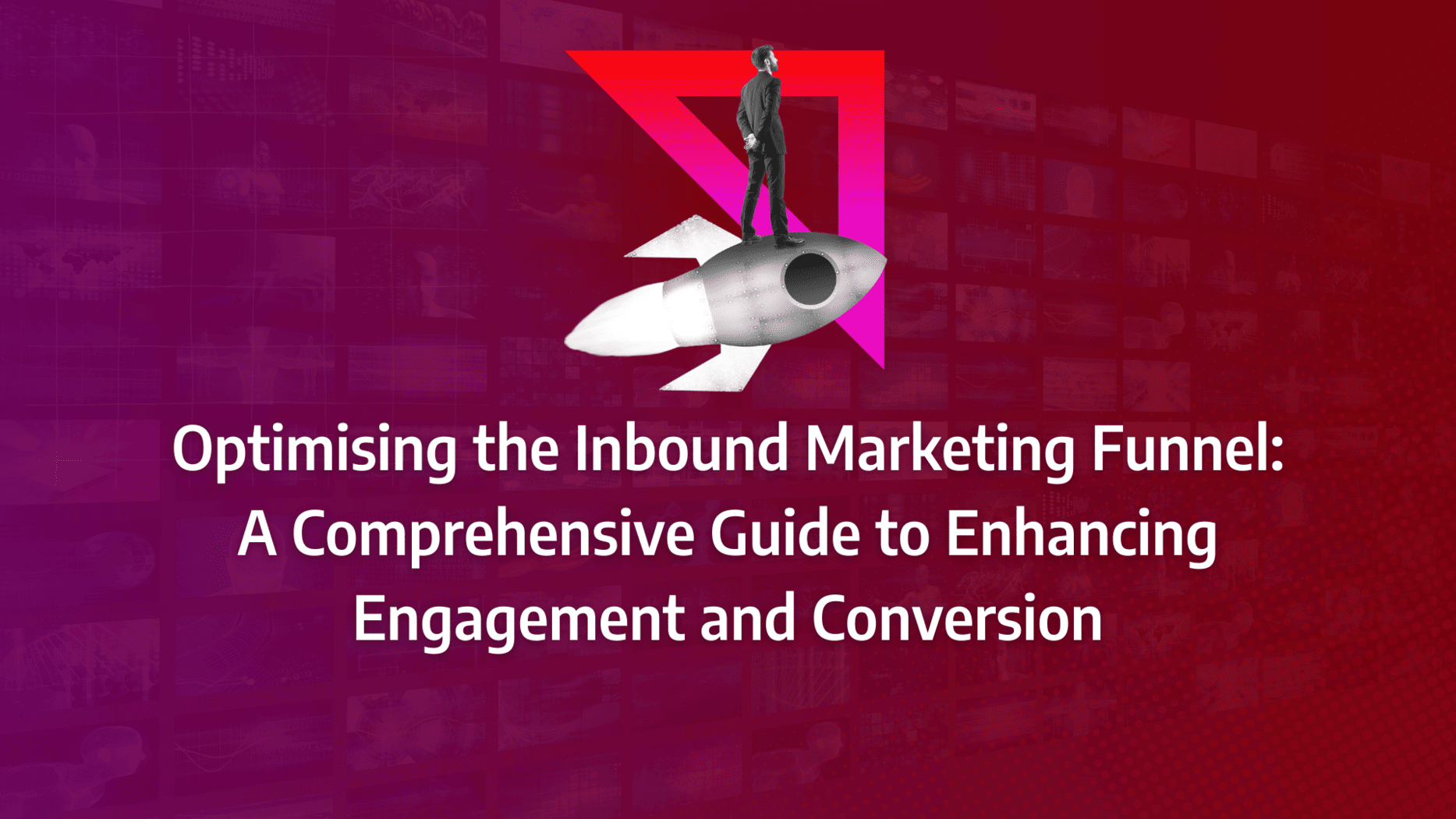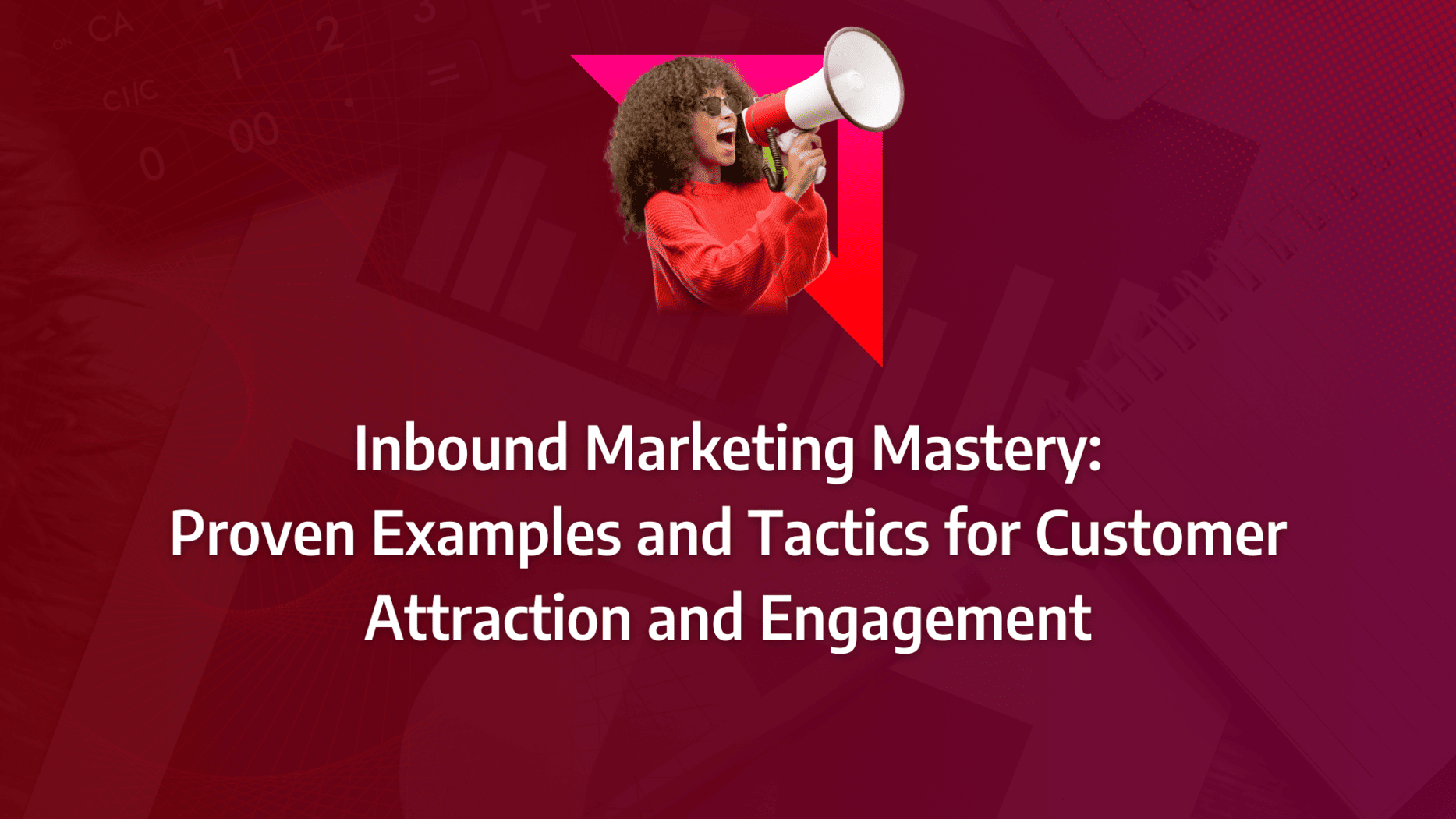One question continues to perplex marketers: Should you focus on inbound marketing, outbound marketing, or a blend of both? As businesses grapple with the challenge of attracting and engaging customers, the debate over which strategy delivers the best results has never been more relevant.
You’re not alone in this dilemma. Many leading companies, from tech giants to small startups, have navigated this terrain, balancing the strengths of both strategies to maximise their reach and impact. By understanding the nuances of inbound versus outbound marketing, you can craft a strategy that not only attracts the right audience but also engages them meaningfully, driving long-term success.
As you read on, you’ll discover practical insights and strategic advice that will empower you to make informed decisions about your marketing approach. Whether you’re aiming to refine your existing strategy or build a new one from scratch, this guide will equip you with the knowledge to succeed in today’s competitive market.
- Inbound marketing is more cost-effective per lead, making it ideal for long-term customer acquisition strategies.
- Outbound marketing delivers faster results, but often at a higher cost, making it suitable for quick, targeted campaigns.
- Combining inbound and outbound strategies can help businesses achieve a balanced approach, maximising both reach and engagement.
- Understanding customer behaviour and the buyer’s journey is critical when choosing between inbound and outbound marketing tactics.
- Real-world examples demonstrate how successful companies have integrated both strategies to enhance their marketing effectiveness.
- Content creation, SEO, and marketing automation are key components in optimising inbound marketing efforts.
- Regularly evaluating and adjusting your marketing mix can help maintain relevance and effectiveness in a rapidly changing digital landscape.
Inbound vs. Outbound Marketing: How Do They Differ?
What is the Difference Between Inbound and Outbound Marketing?
Inbound Marketing Inbound marketing focuses on creating content that attracts customers to your products and services. This includes blog posts, social media posts, webinars, ebooks, and SEO-optimised text. By addressing your audience’s pain points—such as website research, product costs, checkout processes, productivity, and omnichannel shopping—you can demonstrate how your offerings provide solutions.
Inbound marketing content not only highlights the benefits of your products but also gives you a competitive edge through customer reviews, price comparisons, and testimonials. Tailoring content to different stages of the buyer’s journey—awareness, consideration, and decision—is essential. For example, prospects in the awareness stage benefit from blog posts, social media updates, and ebooks. Those in the consideration stage might find webinars, testimonials, and case studies useful, while decision-stage prospects benefit from whitepapers, reports, and demos. This strategic content variation effectively guides leads through the buyer’s journey.
Source: Hubspot
Outbound Marketing Outbound marketing involves proactively reaching out to potential customers who may not be aware of your products or services. Examples of outbound marketing strategies include social media ads, search engine ads, pay-per-click (PPC) campaigns, and email marketing. These tactics help to introduce your brand to new audiences and generate interest in your offerings.
By integrating these strategies, you can enhance both your inbound and outbound marketing efforts, ultimately improving your overall marketing performance.
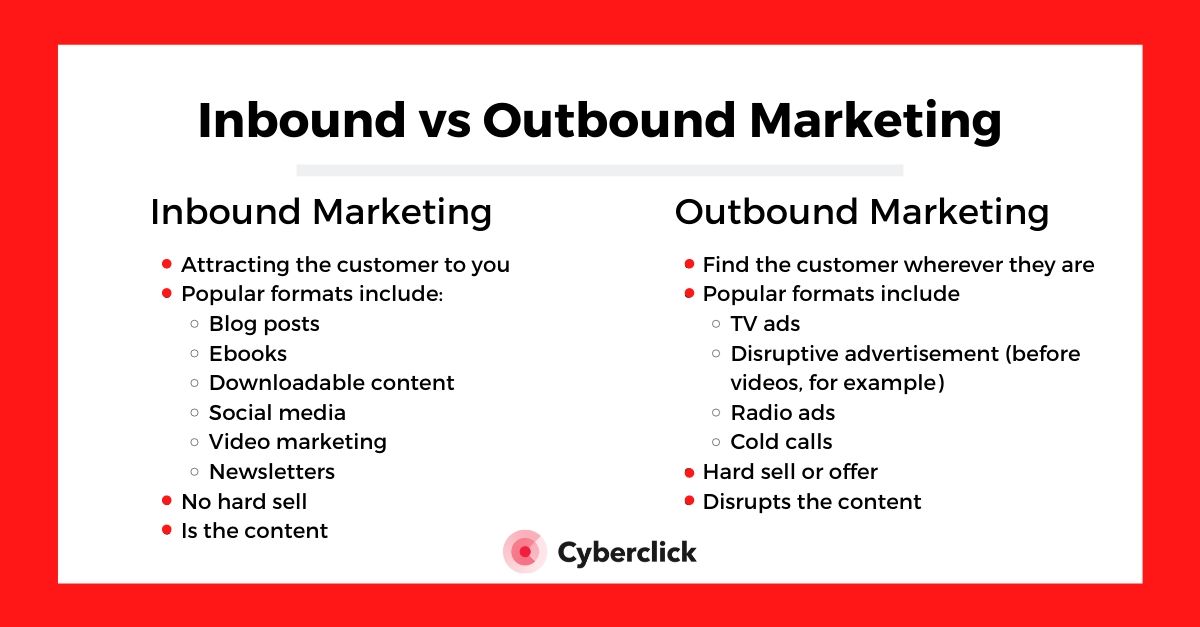
What Matters Most?
The most effective marketing strategies balance the strengths of both inbound and outbound efforts. Clients often discover that inbound marketing, with its permission-based and customer-centric approach, builds deeper trust and long-term relationships. Typically, inbound thrives when you provide continuous value, positioning your brand as a thought leader while nurturing prospects over time. However, outbound can play a supporting role, especially when hyper-targeted or used to promote high-value inbound content.Get In Touch
What strategies can I use to improve my inbound marketing content?
To elevate your inbound marketing strategy, consider these six effective tips. These insights will help you engage your audience, personalise their experience, and boost your overall marketing performance.
- Content Variation Diversify the types of content you offer to your customers and prospects. Blog posts, SEO-optimised articles, infographics, webinars, ebooks, and newsletters can enrich the customer experience and keep them engaged throughout their journey. Utilise content marketing tools like WordPress, Loom, Yoast, Canva, and Adobe Photoshop. These tools offer features such as web content management, speech-to-text analysis, video creation, paragraph structure analysis, and design templates, ensuring your content remains varied and compelling.
- Website Personalisation Personalising your website is an excellent way to enhance your inbound marketing strategy. Customised experiences through call-to-action (CTA) buttons, customer testimonials, and featured blog posts can provide a unique and engaging experience for your visitors. By tailoring your site to meet individual needs, you can significantly improve customer satisfaction and retention.
- CTA Implementation Effective CTA implementation can guide customers and prospects through their buyer’s journey. Strategically placed CTAs can improve lead conversions, expand your customer base, and enhance the overall customer experience. Consider using actionable language and clear design to make your CTAs stand out and drive the desired actions.
Source: Hubspot
- Visual Content Incorporating visual content such as webinars, infographics, images, and visual CTAs can yield numerous benefits, including increased brand awareness, web traffic, customer engagement, and social media interaction. Tools like Canva, Pablo, Stencil, Rawshorts, and Lumen5 can assist you in creating high-quality visual content that resonates with your audience.
- Customer Surveys Customer surveys are a valuable tool for collecting feedback and enhancing your inbound marketing strategy. Questions can address customer demographics, product satisfaction, and overall shopping experience. Tools such as Typeform, Hubspot, Useresponse, and Wootric offer features like drag-and-drop interfaces, mobile surveys, feedback management, and customer insights, making it easier to gather and analyse feedback effectively.
- Inbound Marketing Tools Utilise a range of inbound marketing tools to boost your strategy. Platforms like Hubspot, Beacon, JotForm, Unbounce, and Sumo can help improve the quality of your leads, enhance lead conversion rates, and drive brand credibility. These tools provide unique features such as landing page templates, social media management, automated lead nurturing, form design, and landing page tracking, all of which contribute to a more robust inbound marketing strategy.

Our Tactical Recommendations
Blending inbound and outbound tactics requires seamless execution. Using personalised retargeting ads based on inbound user behaviour can significantly improve conversion rates. We typically see success when SEO is optimised for both desktop and mobile, ensuring that inbound traffic is maximised across platforms. Additionally, pairing creative outbound efforts—such as unique, attention-grabbing ads—with inbound nurturing flows creates a powerful cycle where outbound sparks interest and inbound sustains it.Get In Touch
What strategies can I use to improve my outbound marketing content?
To bolster your outbound marketing strategy, consider these six insightful tips. Implementing these strategies will enhance brand awareness, customer engagement, and overall marketing effectiveness.
- Social Media Ad Tools Utilise various social media ad tools to create impactful campaigns. Tools like Photoslurp, Quuu Promote, and Tweepi can significantly enhance your outbound marketing efforts. These tools help improve brand awareness, customer satisfaction, and keyword monitoring. By leveraging these resources, you can create more effective and targeted social media ads.
- Eye-Catching Email Newsletter Templates Effective email newsletters are crucial for engaging your target audience. Utilise tools such as Mailchimp, Campaigner, MailUp, and AWeber to design eye-catching and responsive email templates. These platforms offer features like drag-and-drop design, mobile responsiveness, and e-commerce integration, making it easier to create compelling newsletters that enhance your outbound marketing strategy.
- Buyer Persona Creation Developing detailed buyer personas helps you tailor your outbound marketing efforts to the most relevant audience. To create accurate buyer personas, segment your audience, send out surveys, analyse historical ad performance, and identify customer pain points and product interests. Understanding your ideal customer allows you to craft more targeted and effective marketing campaigns.
- Brand Consistency Maintaining consistent and engaging branding is essential for a successful outbound marketing strategy. Establishing brand guidelines for tone of voice, logo usage, imagery, and fonts ensures uniformity across all marketing materials. Tools like Onbrand Grader, Rebrandly, and Brandseye can assist in maintaining brand consistency with features such as brand scoring, social sharing, and visual analytics.
- Pay-Per-Click (PPC) Tools PPC tools such as Semrush, PPC Entourage, Ad Badger, and Spyfu are invaluable for enhancing your outbound marketing strategy. These tools offer features like keyword research, competitor analysis, keyword management, and keyword suggestions. Utilising these resources can improve ad visibility, drive conversion rates, and generate more web traffic, ultimately optimising your PPC campaigns.
- Marketing and Sales Team Transparency Ensuring transparency between your marketing and sales teams is critical for a seamless and effective outbound marketing strategy. Regular communication and collaboration between these teams can help align goals, streamline processes, and improve overall campaign performance. By fostering a transparent environment, you can enhance the effectiveness of your outbound marketing efforts.
By implementing these tips, you can refine your inbound and outbound marketing strategies, ensuring a more cohesive and impactful approach to reaching and engaging your audience.
